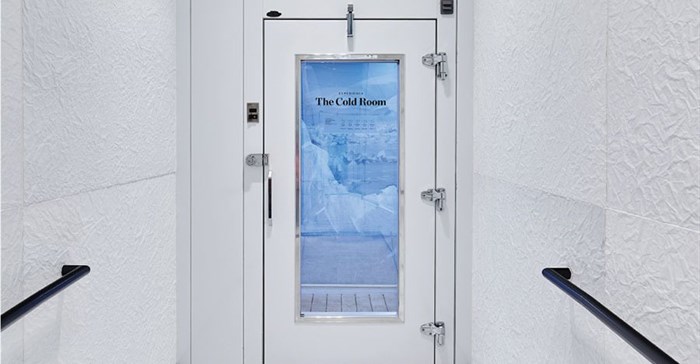Strategies for overcoming retail neuroplasticity

Identify your store’s purpose and flywheel
Stores exist for five key reasons:
- Place of inspiration
- Means of convenience
- Place of immediate gratification
- Tactile exploration (touching, feeling, trying out)
- Experiential element (entertainment, social activity)
Retailers and brands must evaluate the type of product they’re selling and identify the most effective way to move it. For example, if your customers are trying to complete a chore, your store might strive to focus on convenience. For a brand that’s selling a lifestyle, an experiential showroom with little inventory might be a better strategy.
Leverage CX to inspire customers to visit, stay longer, and buy more
Humans are ultimately looking for connection and community. Rather than focus on products or commodities, retailers must address customer emotions.
Brick-and-mortar retail stores can leverage one-on-one customer service and human interaction to turn a shopper’s want into a need. Leading stores are amping up their employees’ knowledge base; that way, shoppers can receive guidance from members of their own community who have tried the products and believe in them.
Customer experience is also key. The experience should engage as many senses as possible to activate emotions, which in turn, create memories.For example, Canada Goose offers an immersive experience in a "cold room," where shoppers can try on a jacket across a range of cold temperatures; there’s even a switch to add a wind chill. Alternatively, imagine an experience where a shopper tries on a sundress, and the fitting area suddenly emits bright, sunny light and the scent of the ocean.
Envision a ‘store of the future’
Brands and retailers should be in constant iteration, evolving through a circle of development, as designers pursue the right combination of human, physical, and digital elements to take the brand to the next level. Rather than a prototype, designers should pursue a morphotype.
The store of the future entails concepts and models that are fundamentally different from traditional stores.
The store should be fluid, with a dynamic environment that’s constantly changing, delighting customers with something new every time they return to the store. In the past, we were conditioned to think that a store design should last seven years. Now we’re asking how we can change the store every month, every week, or even throughout the day.
Turn your strategy into action
In developing and implementing a new concept, align the organisation around the plan. Don’t restrict decision making to senior leadership. Consult with experience design experts who work in other fields, and involve young people who can serve as reverse mentors. Encourage everyone on the team to be open to hearing other team members’ opinions.
Take risks. If a company has thrived under a familiar model, it’s hard to break the mould. Resistance to change can be pervasive throughout an entire organization. Make the entire community believe that there’s a different way to achieve success.
Don’t be afraid of failure. Acknowledge when a concept has gone wrong, and promise your customers you’ll fix the issue. Your customers will appreciate your transparency and honesty. Learn from your failures, and try again.
For the full podcast, click here.
Shop! Retail Decoded, is an informational podcast featuring leading retailers and designers and moderated by Jo Rossman, publisher and editor of Shop! Retail Environments magazine.
Each episode in the series will address the latest trends and industry information.








